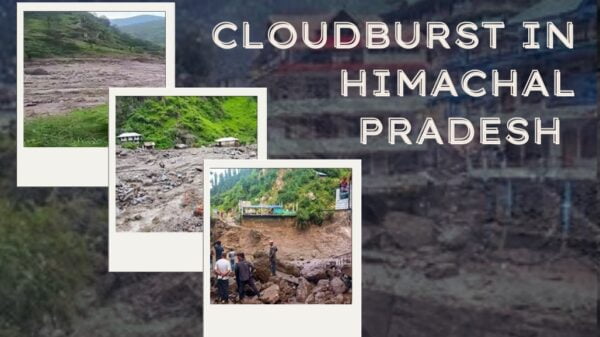As the world warms up, vast tranches of permafrost are melting, releasing material that’s been trapped in its icy grip for years. To study the emerging microbes, scientists have now revived a number of these “zombie viruses” from Siberian permafrost, including one thought to be nearly 50,000 years old a record age for a frozen virus returning to a state capable of infecting other organisms.

Source- NDTV
Scientists have long warned that the thawing of permafrost due to atmospheric warming will worsen climate change by freeing previously trapped greenhouse gases like methane. But its effect on dormant pathogens is less well understood.
The team of researchers from Russia, Germany, and France said the biological risk of reanimating the viruses they studied was “totally negligible” due to the strains they targeted, mainly those capable of infecting amoeba microbes. “It is thus likely that ancient permafrost will release these unknown viruses upon thawing,” they wrote in an article posted to the preprint repository bioRxiv that hasn’t yet been peer-reviewed. “How long these viruses could remain infectious once exposed to outdoor conditions, and how likely they will be to encounter and infect a suitable host in the interval, is yet impossible to estimate.” they said.
This team has form for diligently digging up viruses in Siberia, with a previous study detailing the discovery of a 30,000-year-old virus. Like the new record holder, that was also a Pandora virus, a giant big enough to be visible using light microscopy.
Many of the viruses that will be released as the ice thaws will be completely unknown to us although it remains to be seen how infectious these viruses will be once they’re exposed to the light, heat and oxygen of the outdoor environment. These are all areas that could be investigated in future studies.

















































































